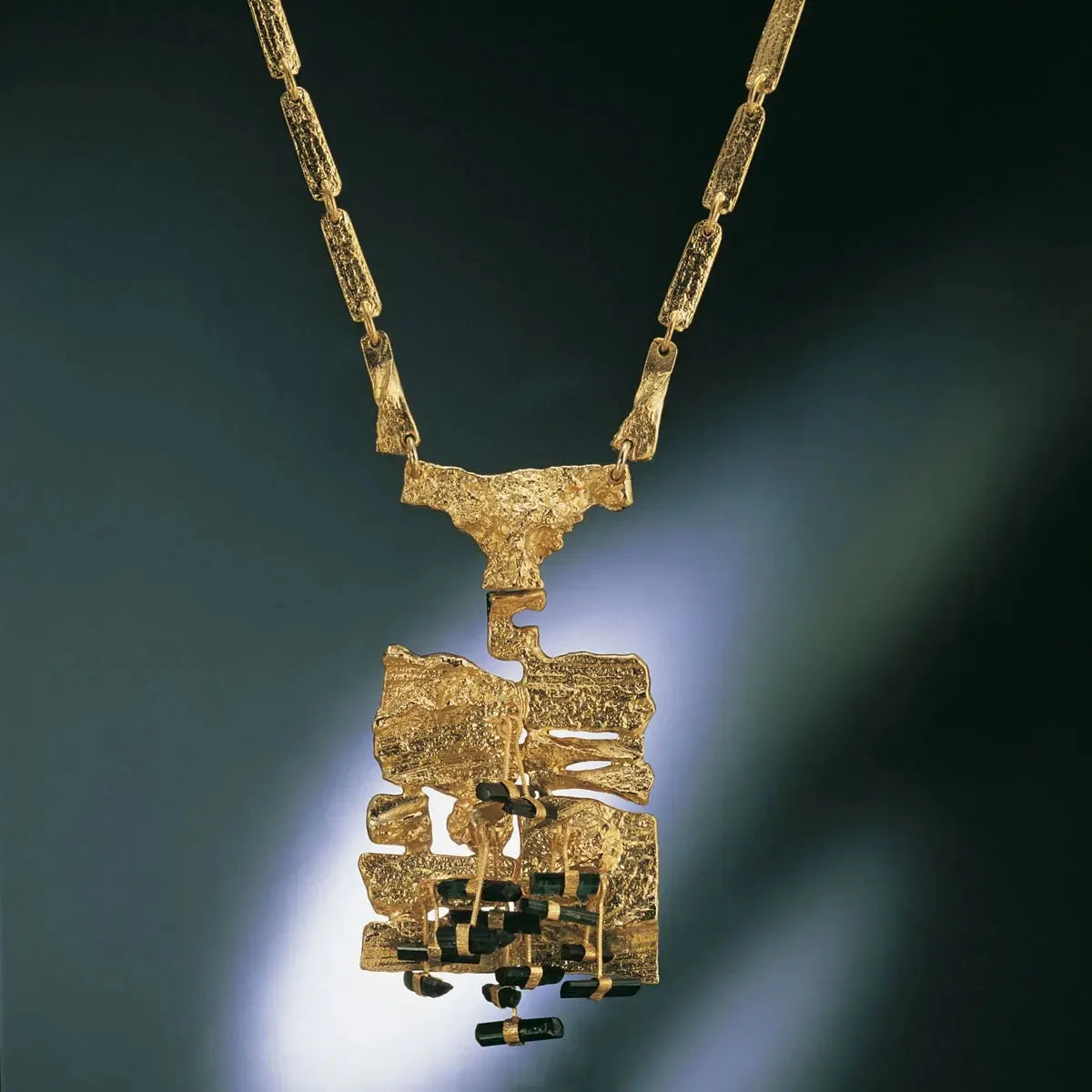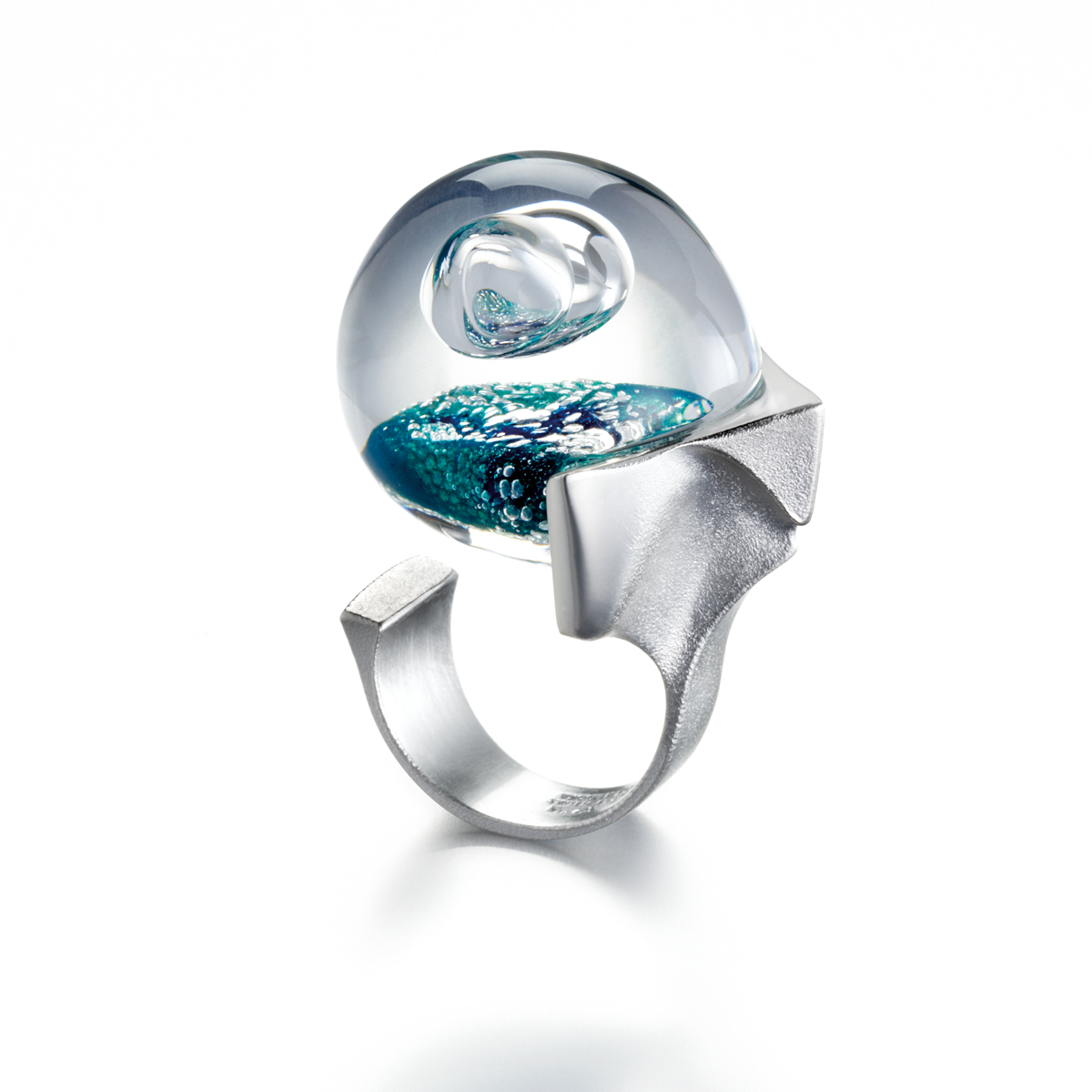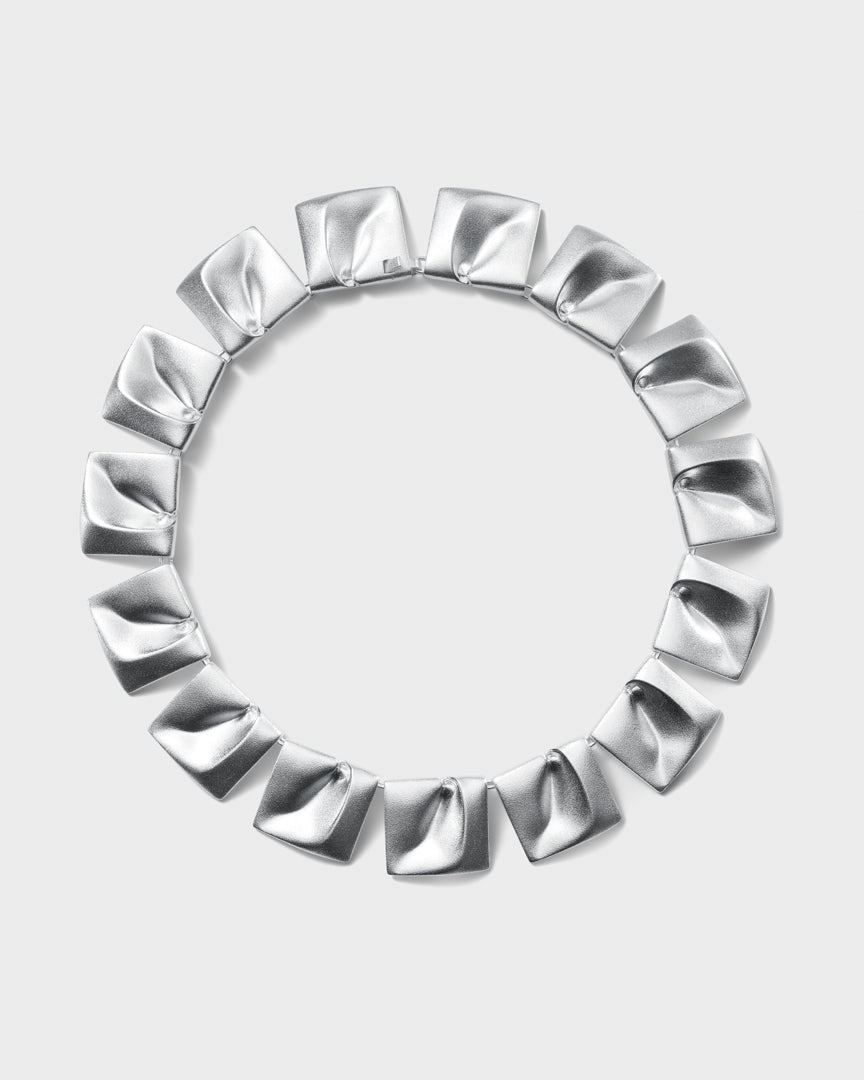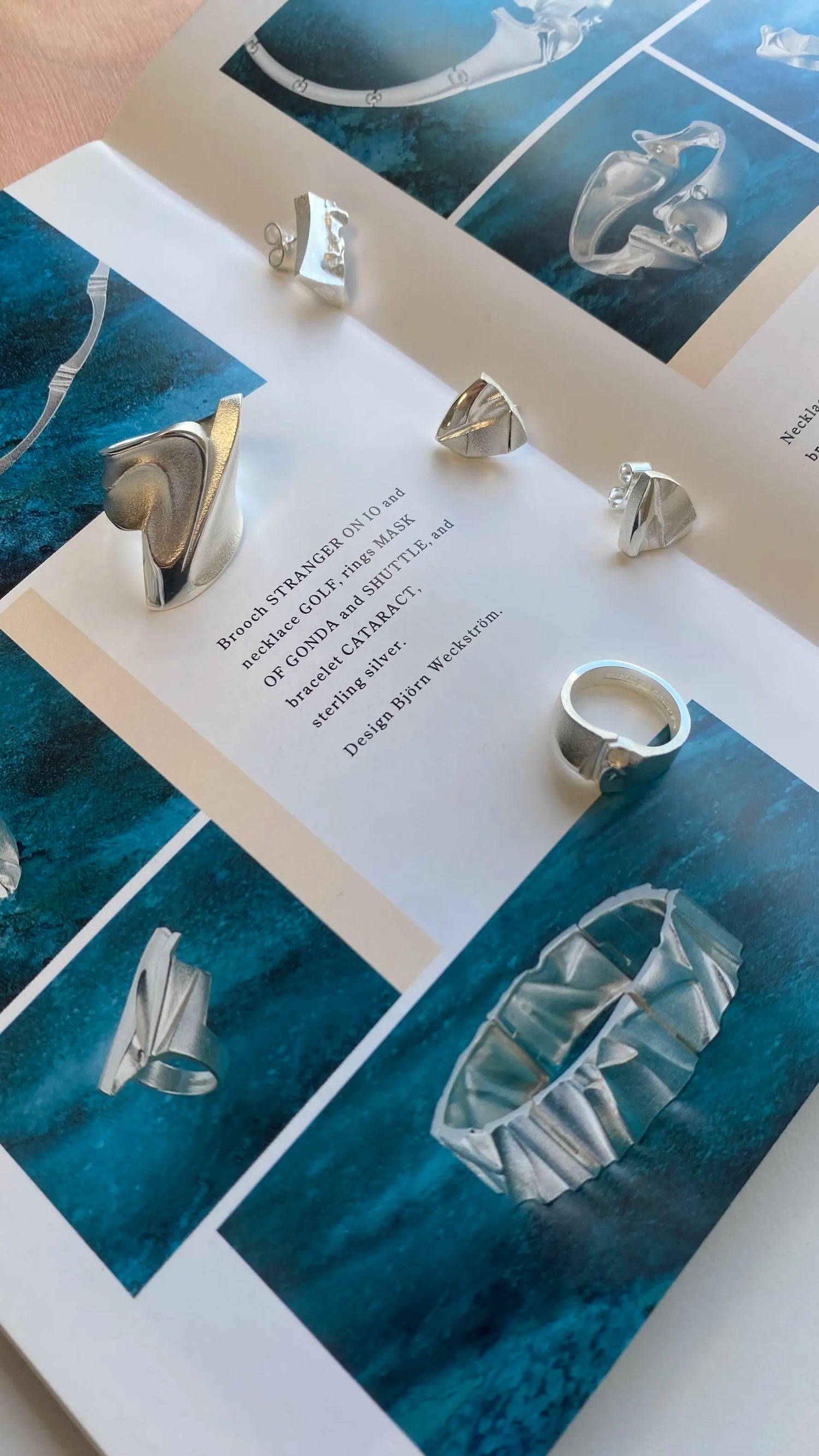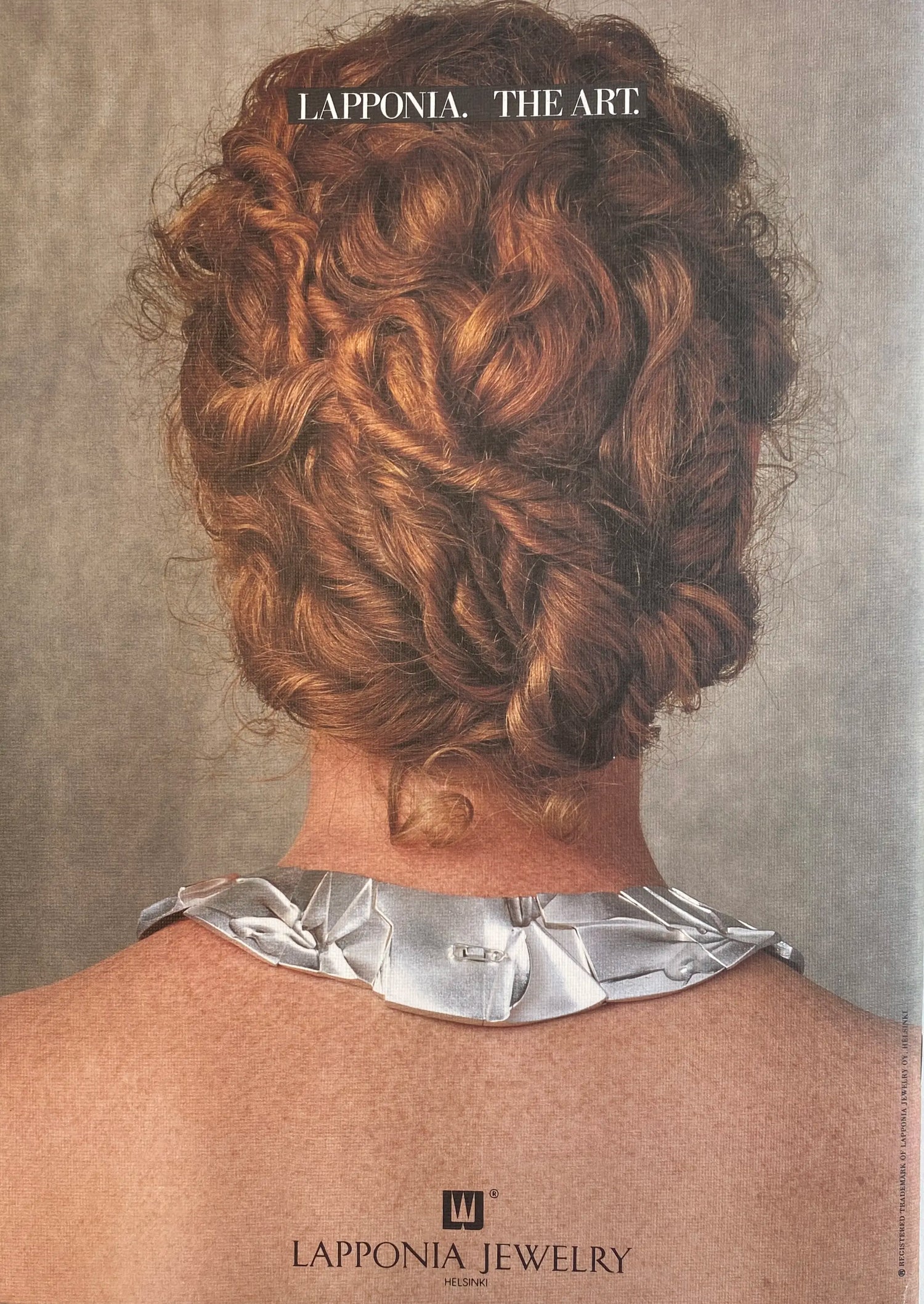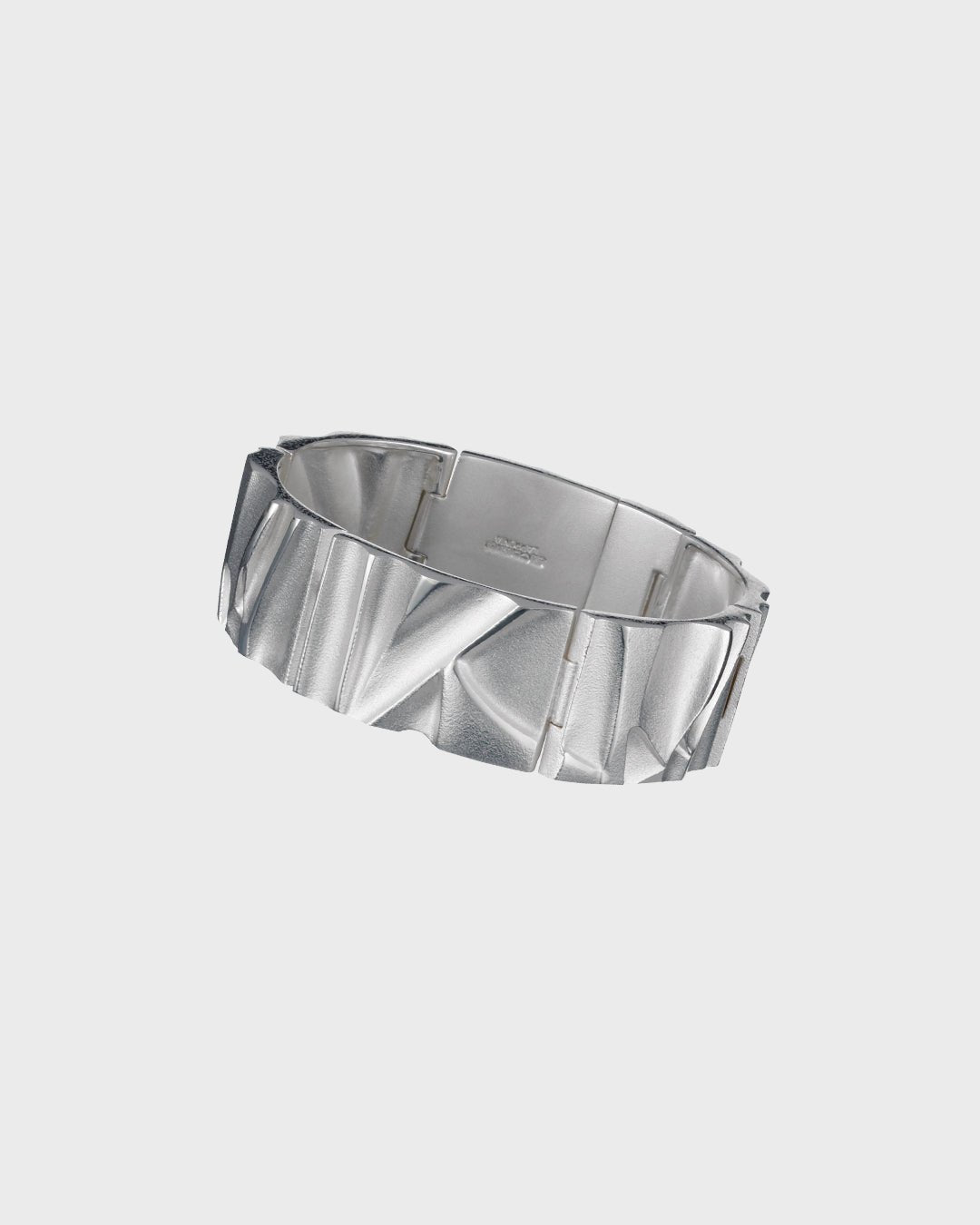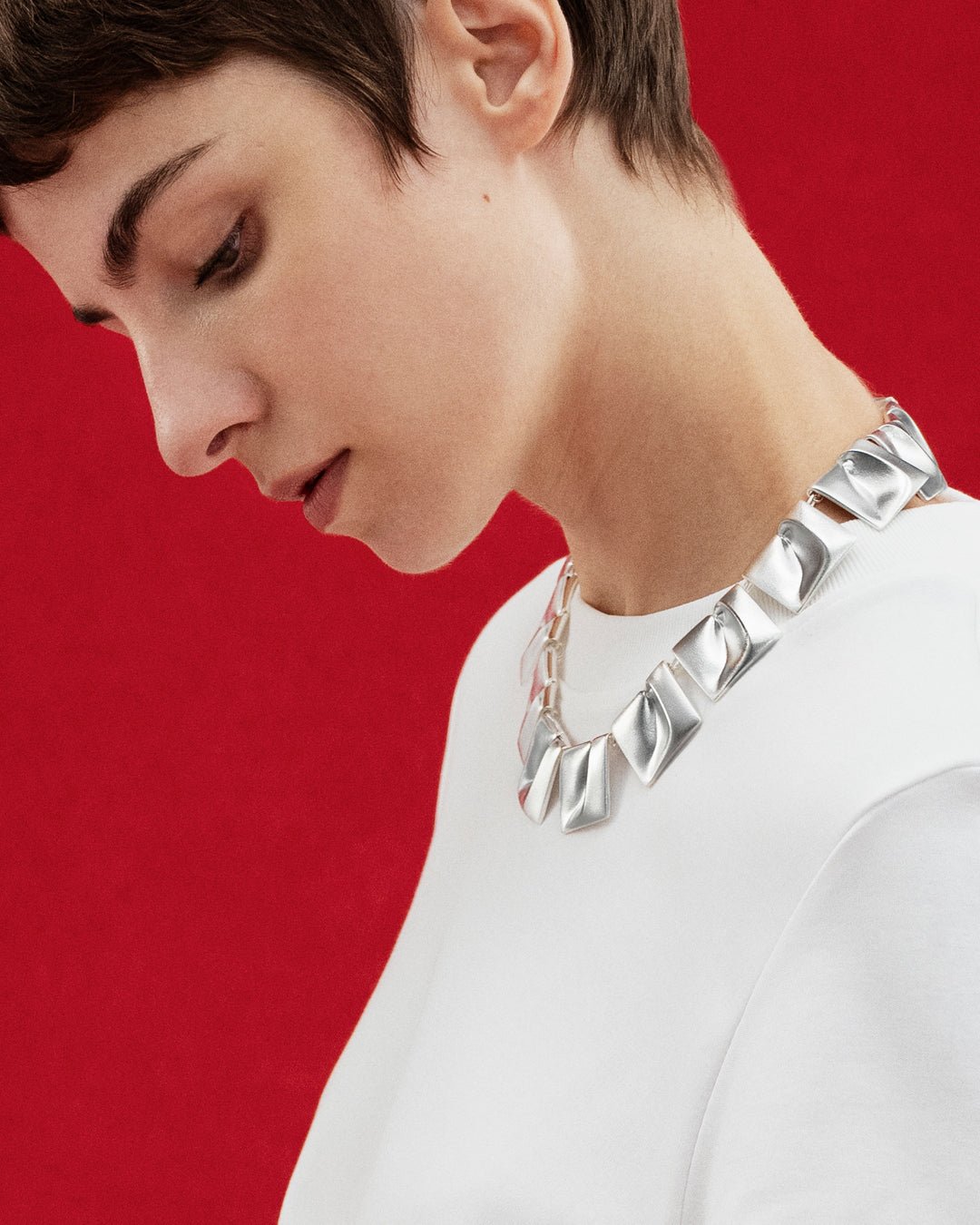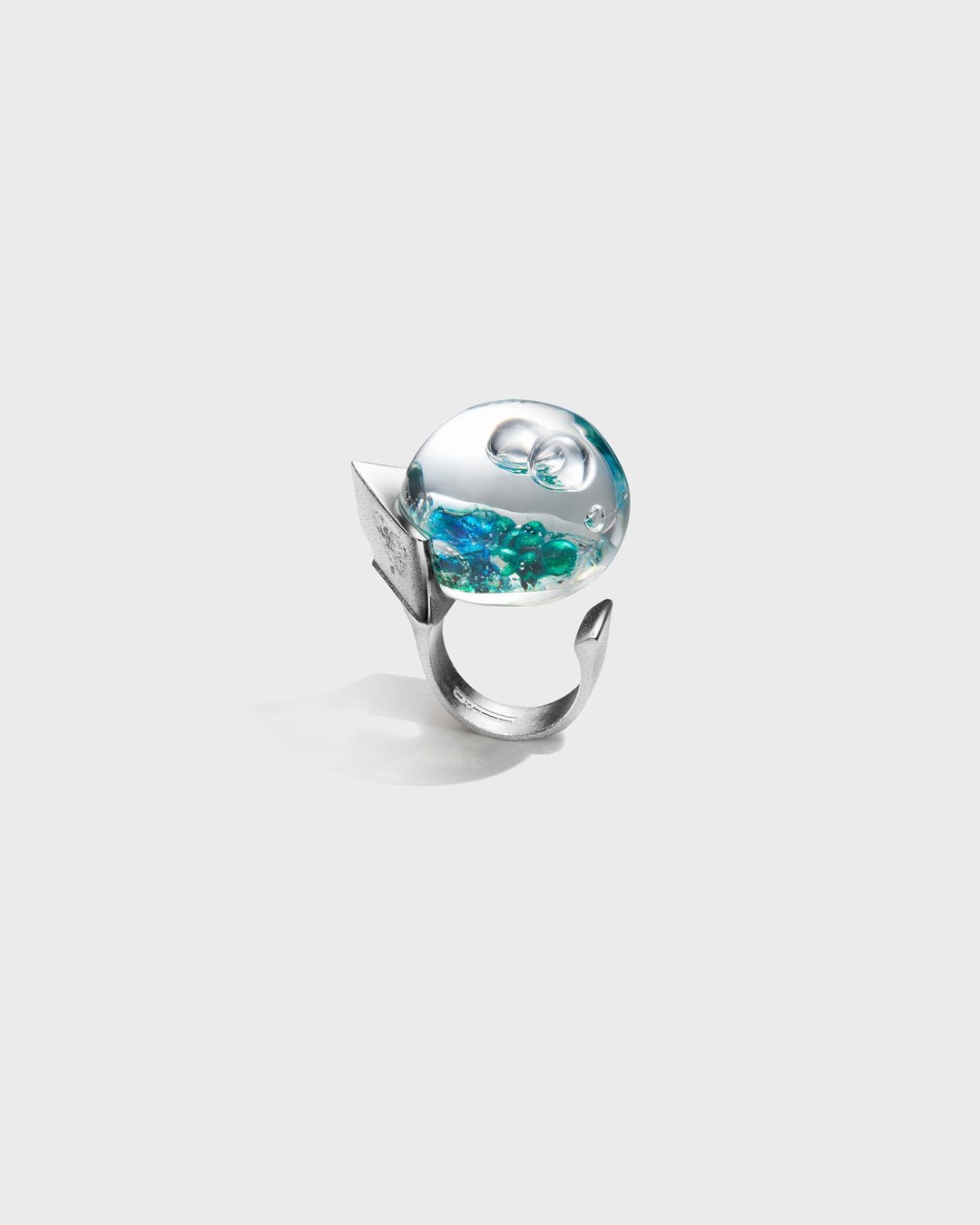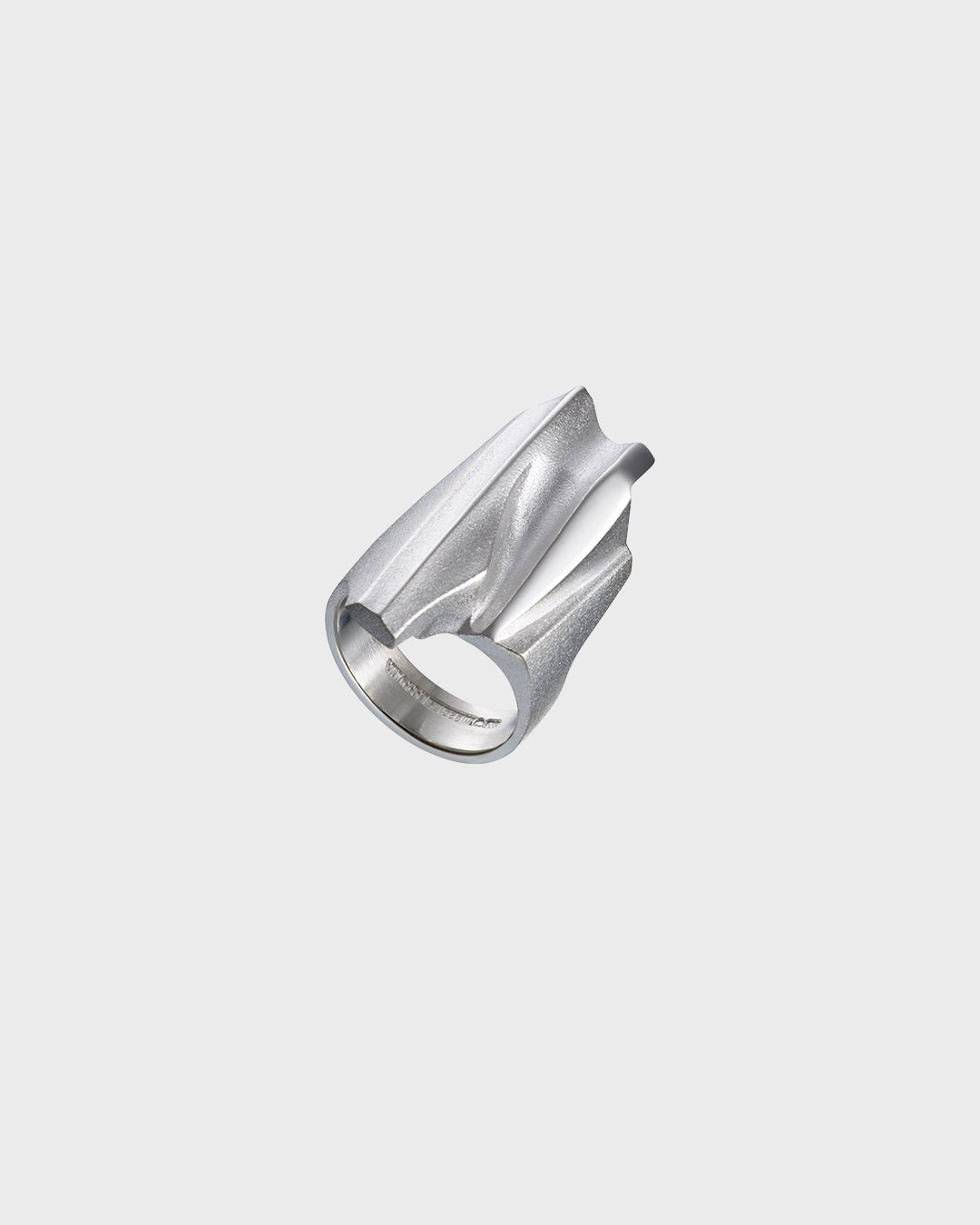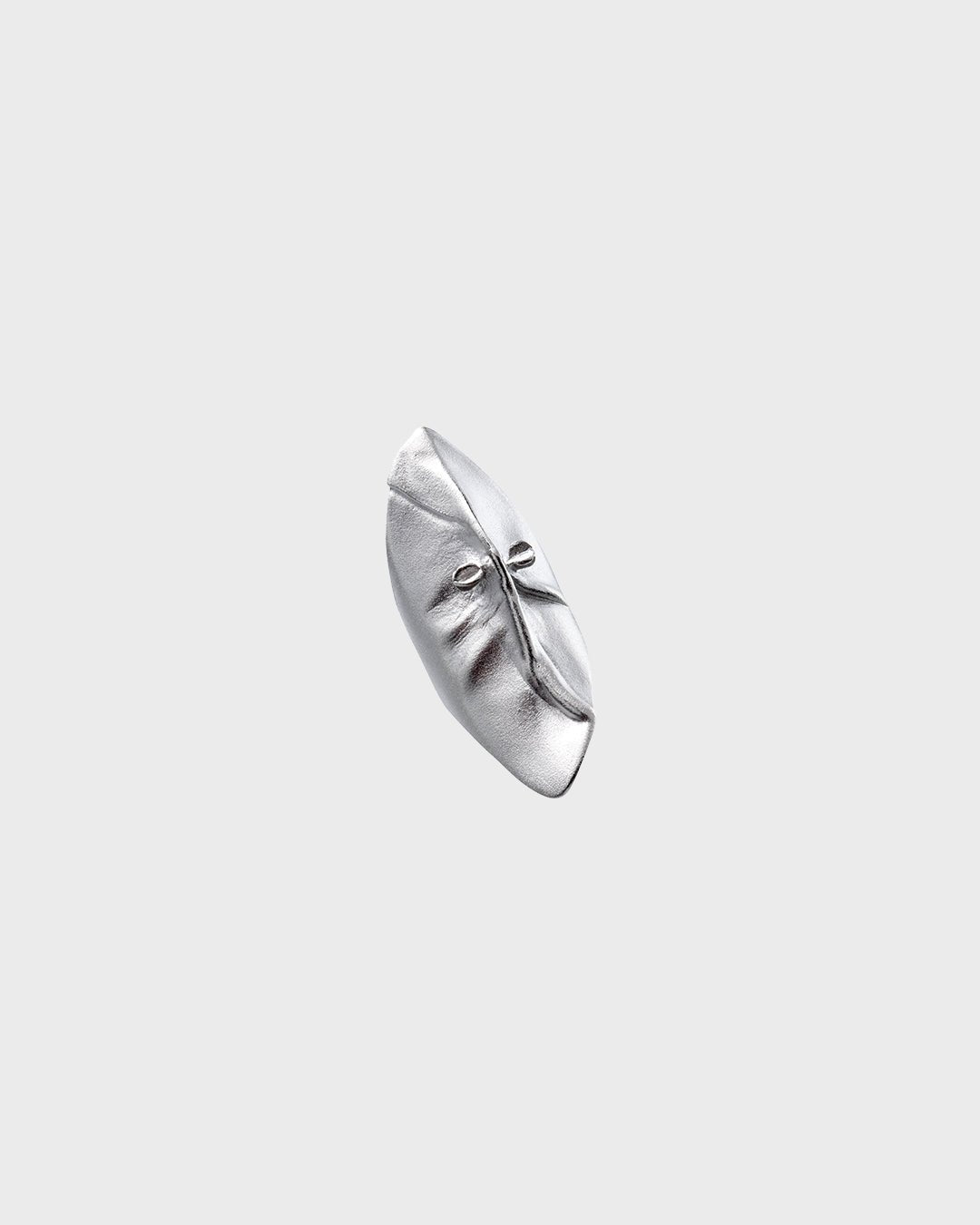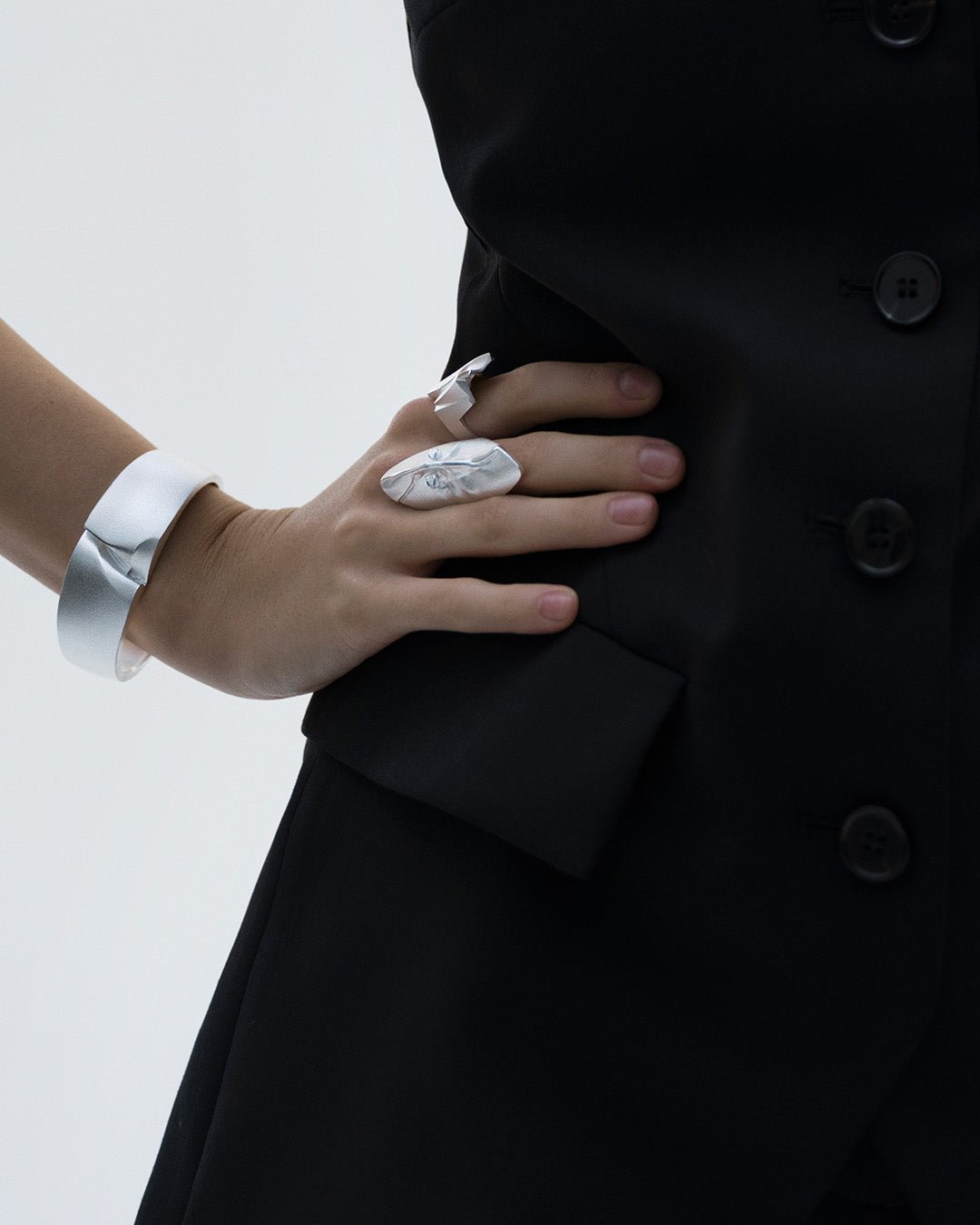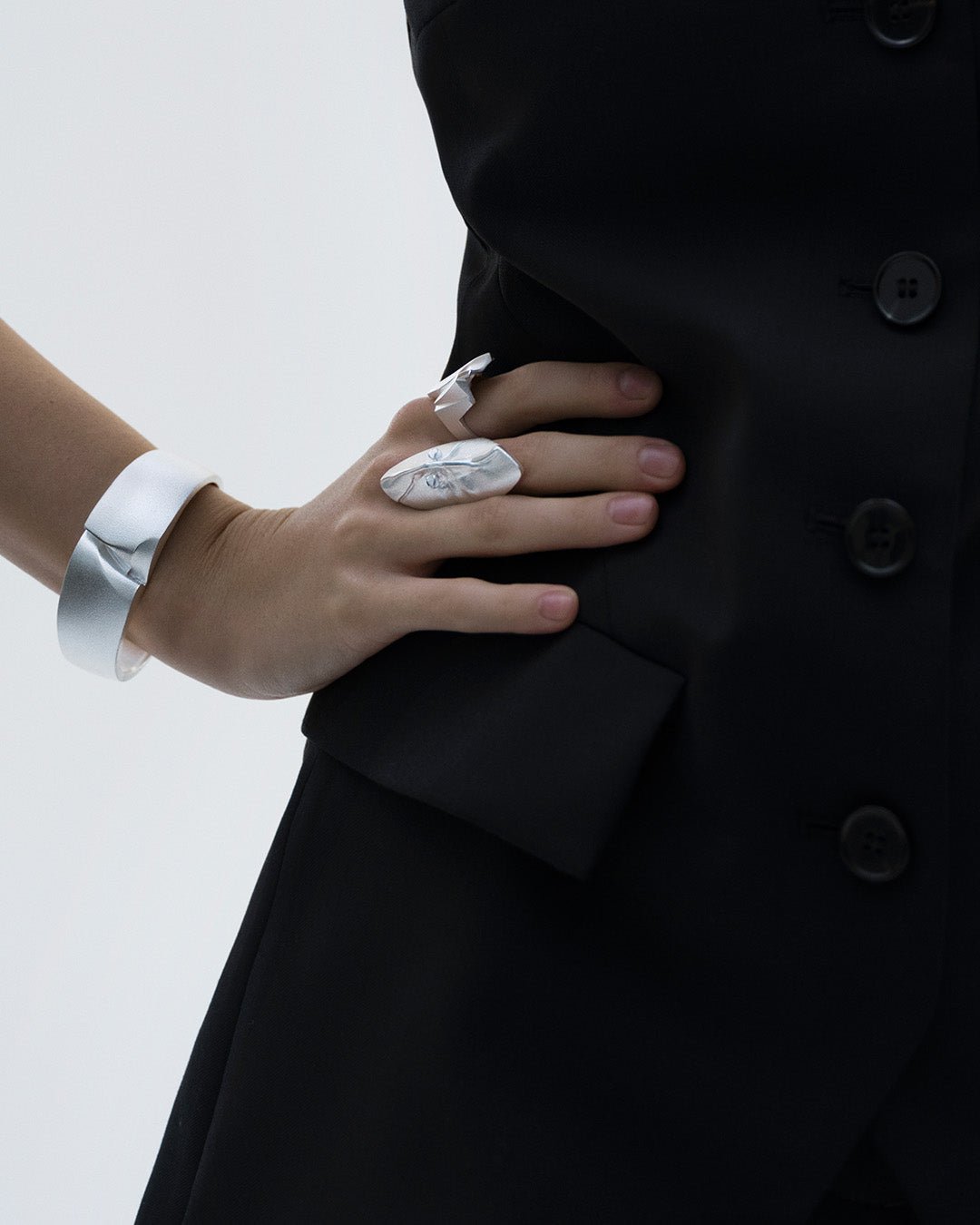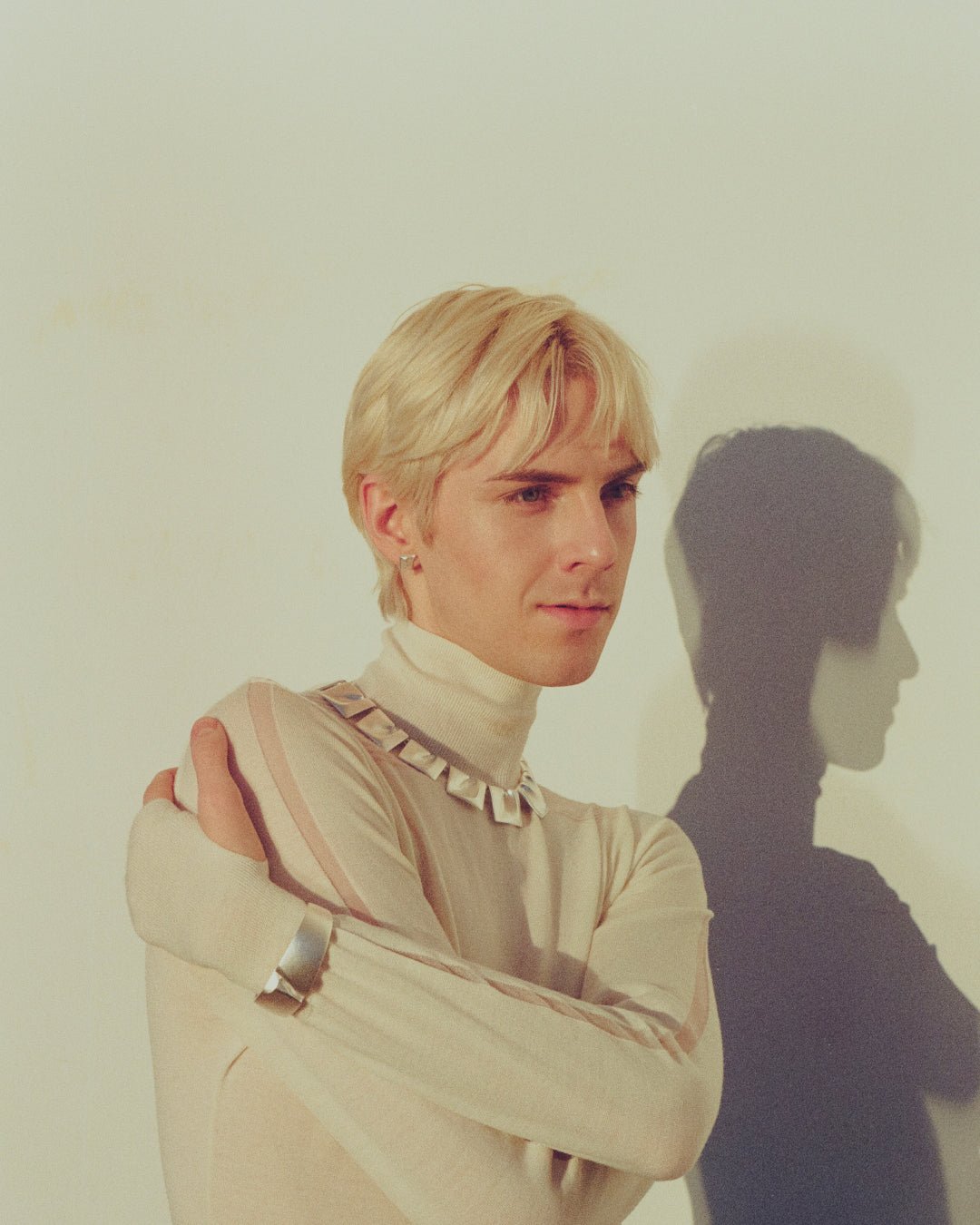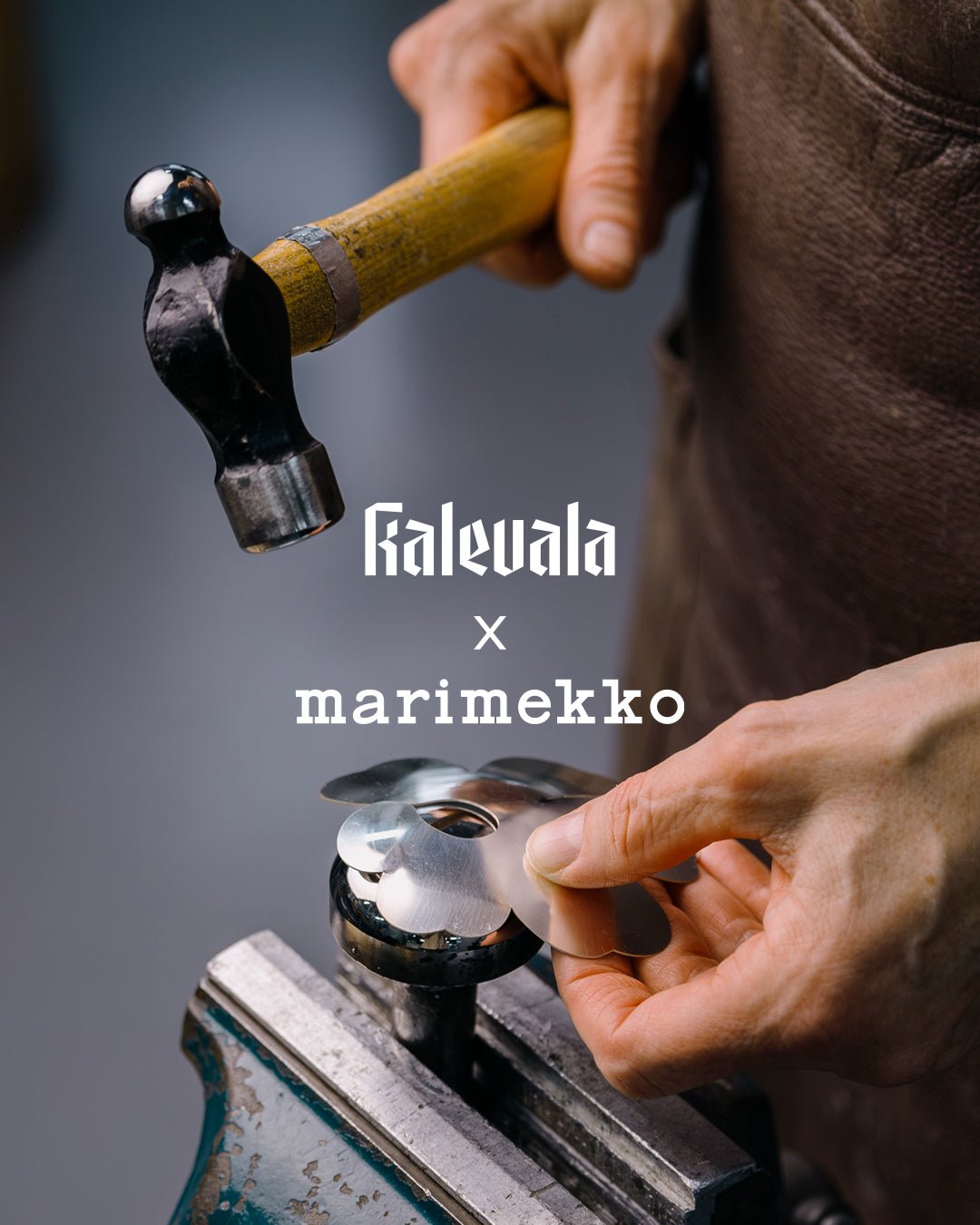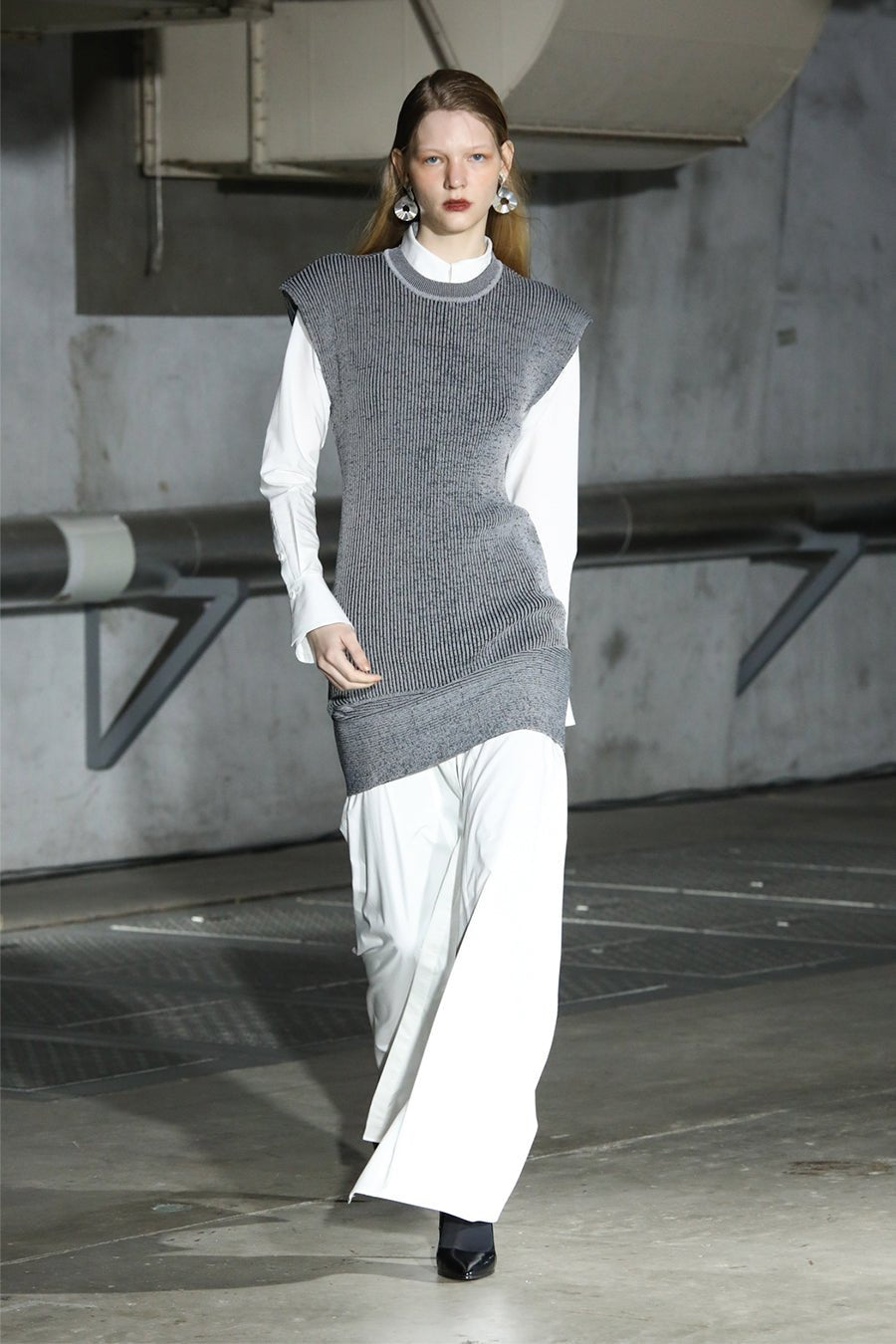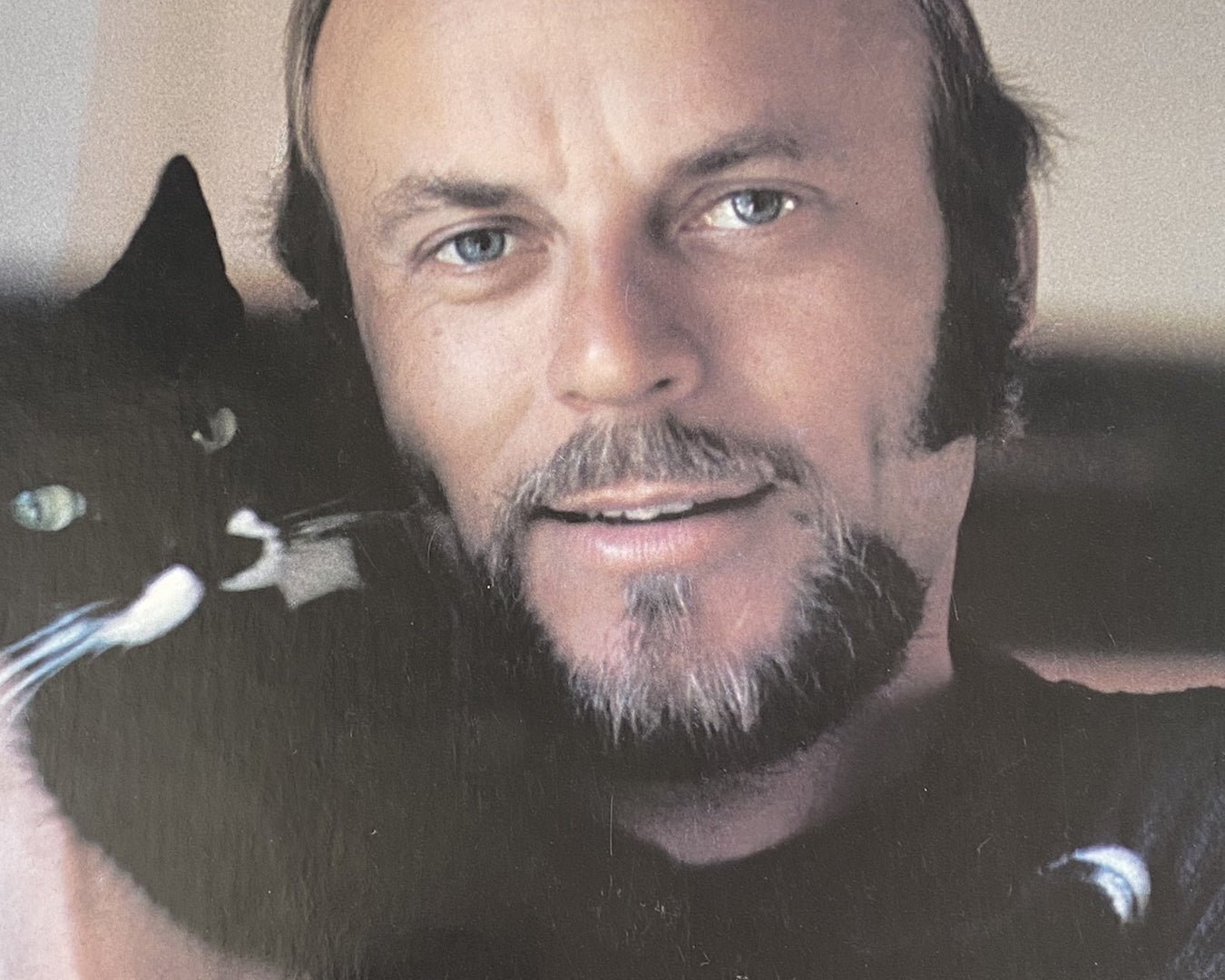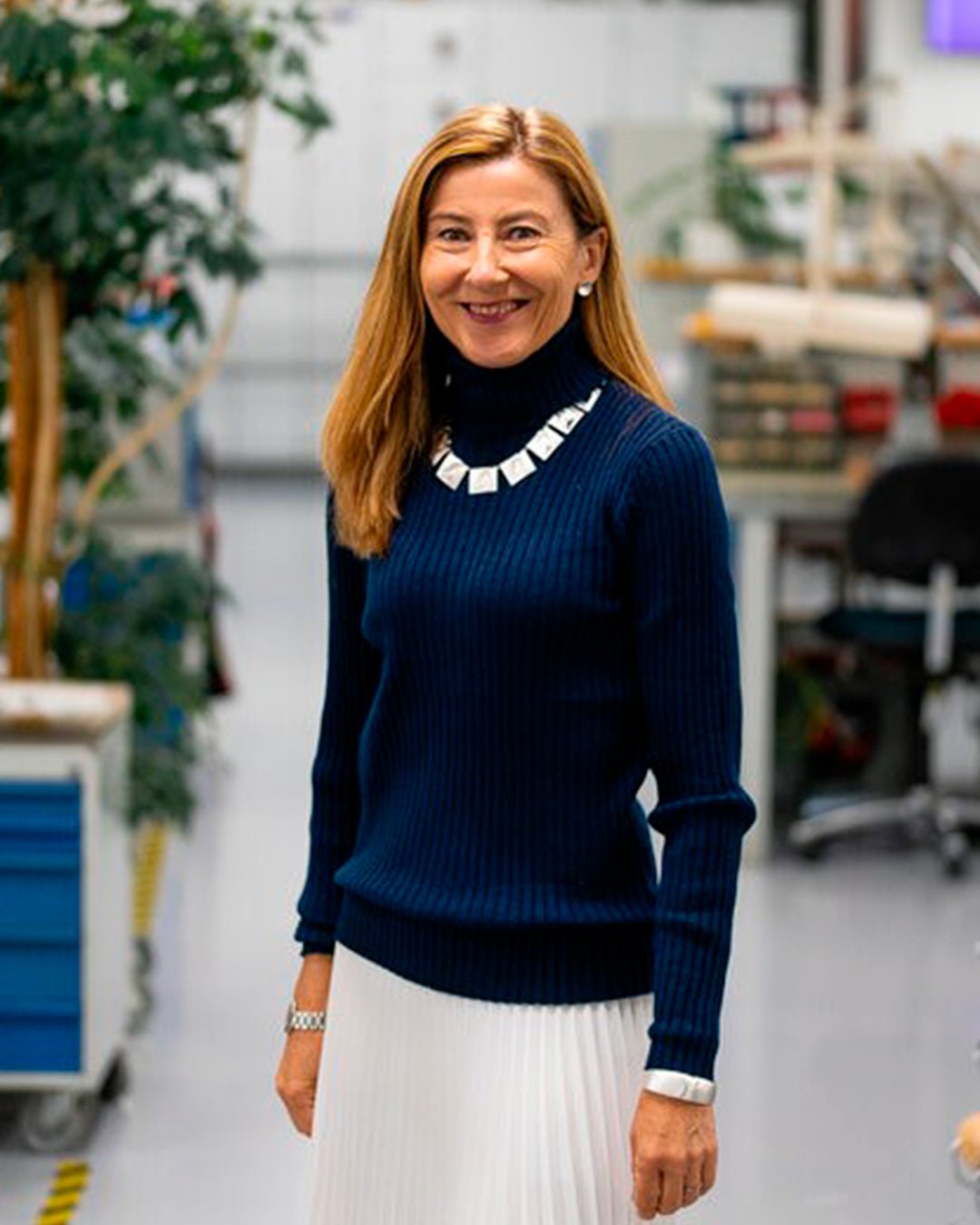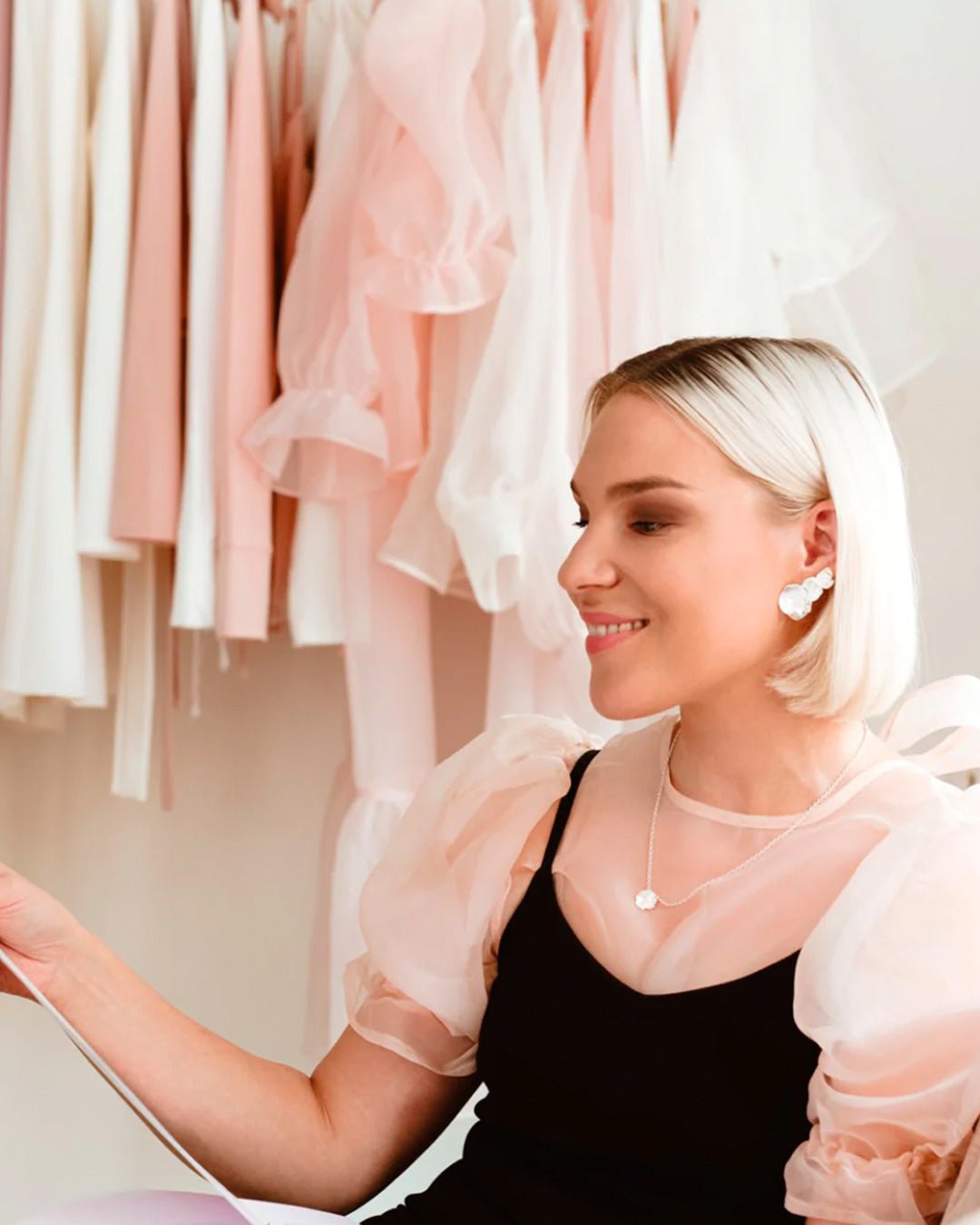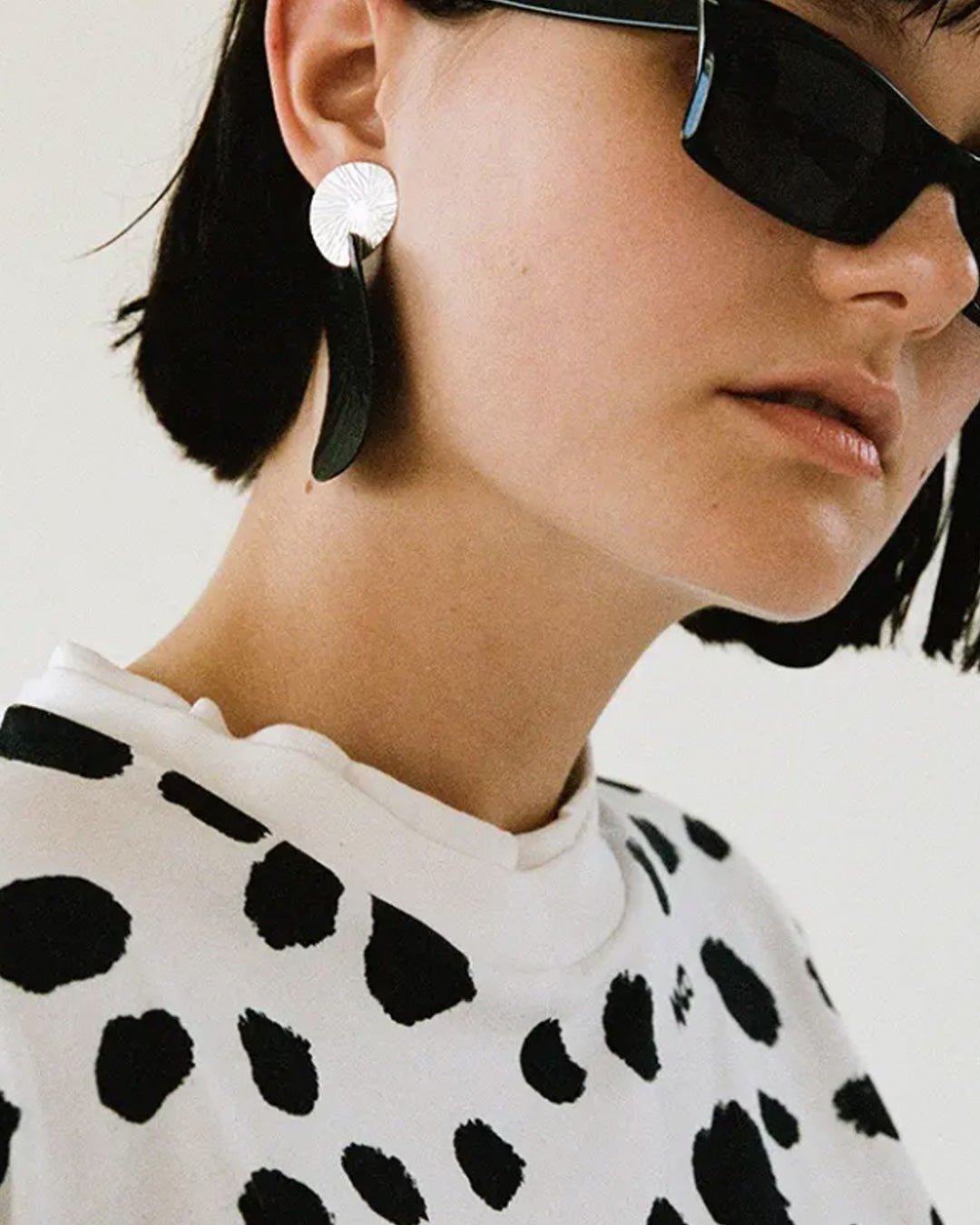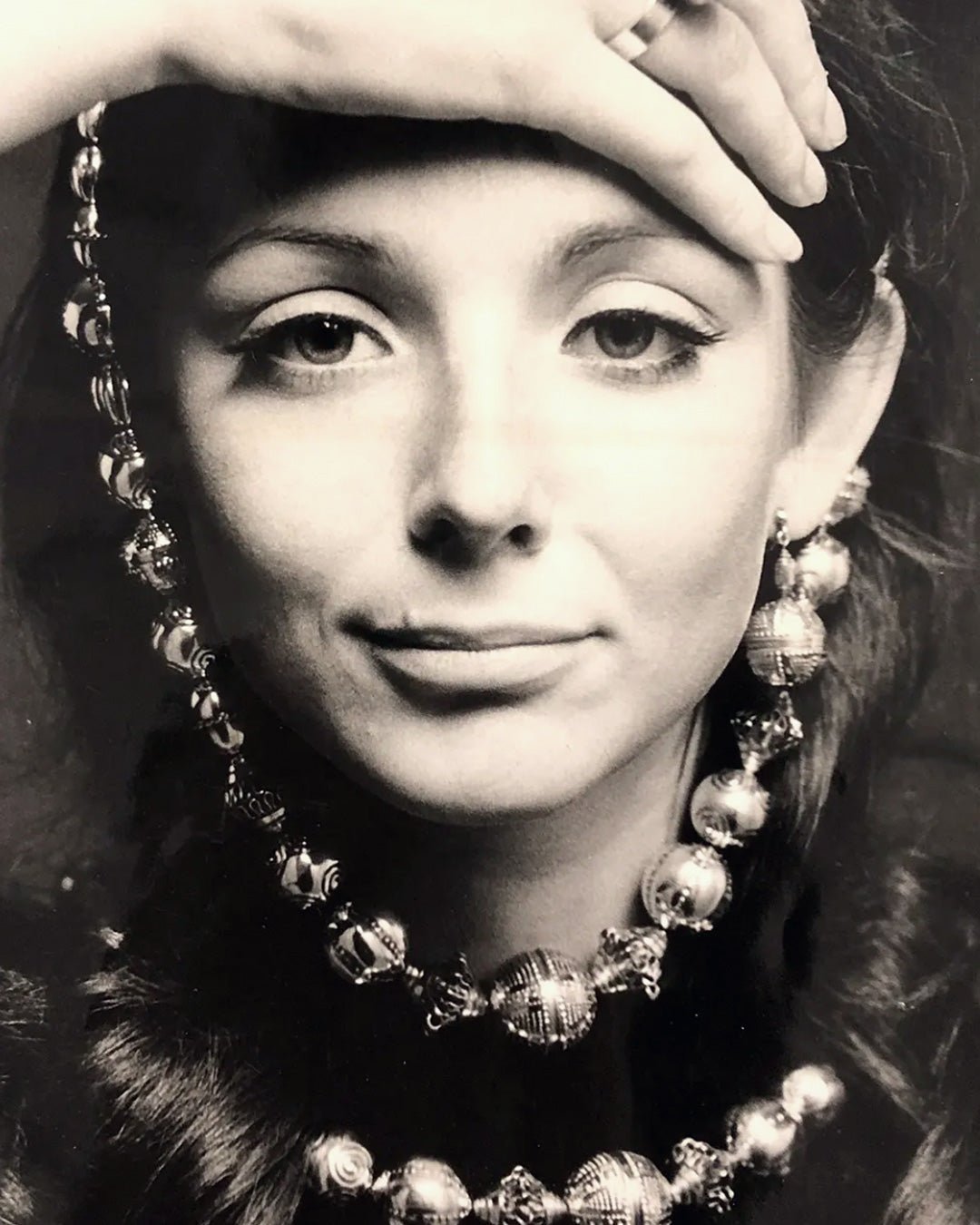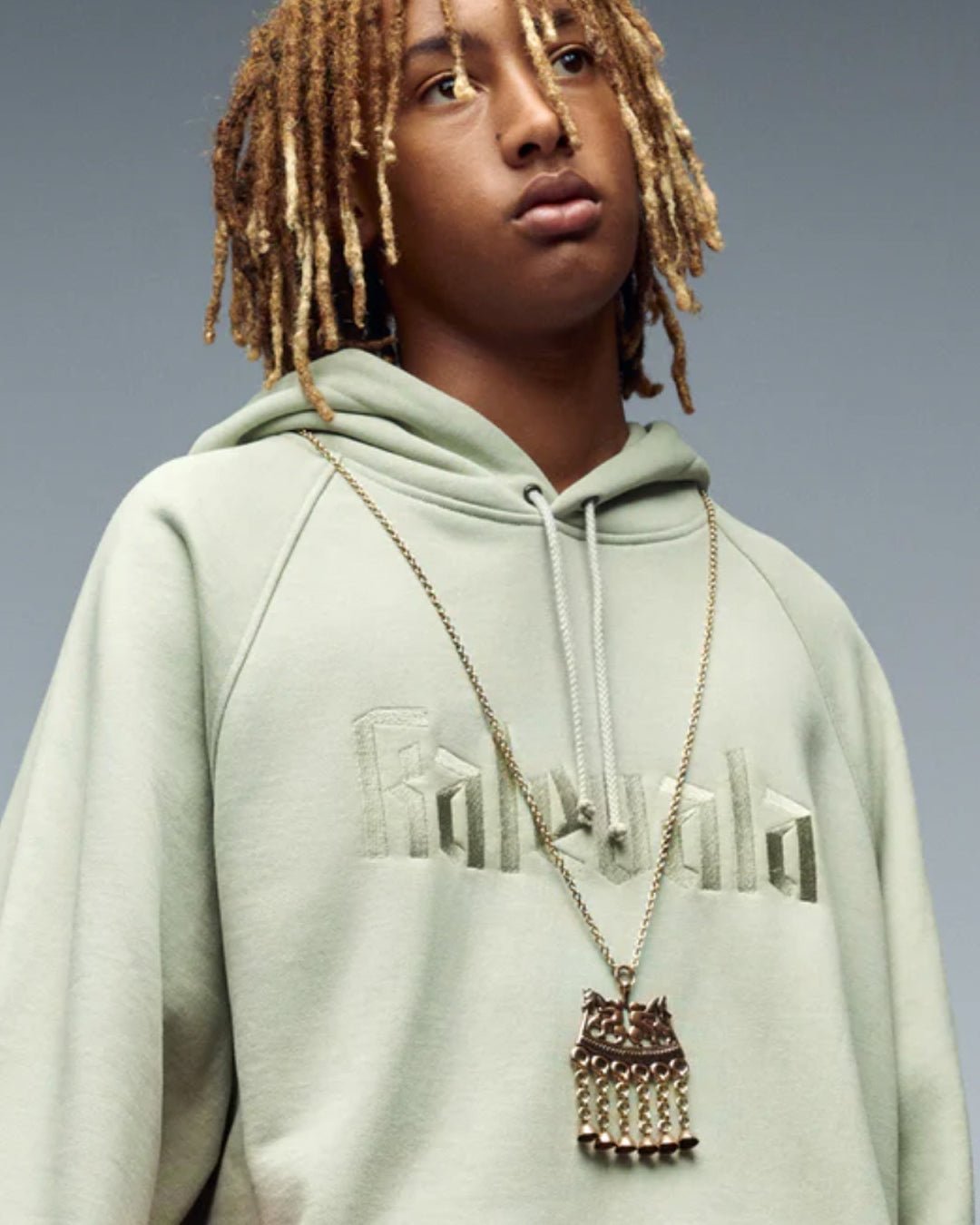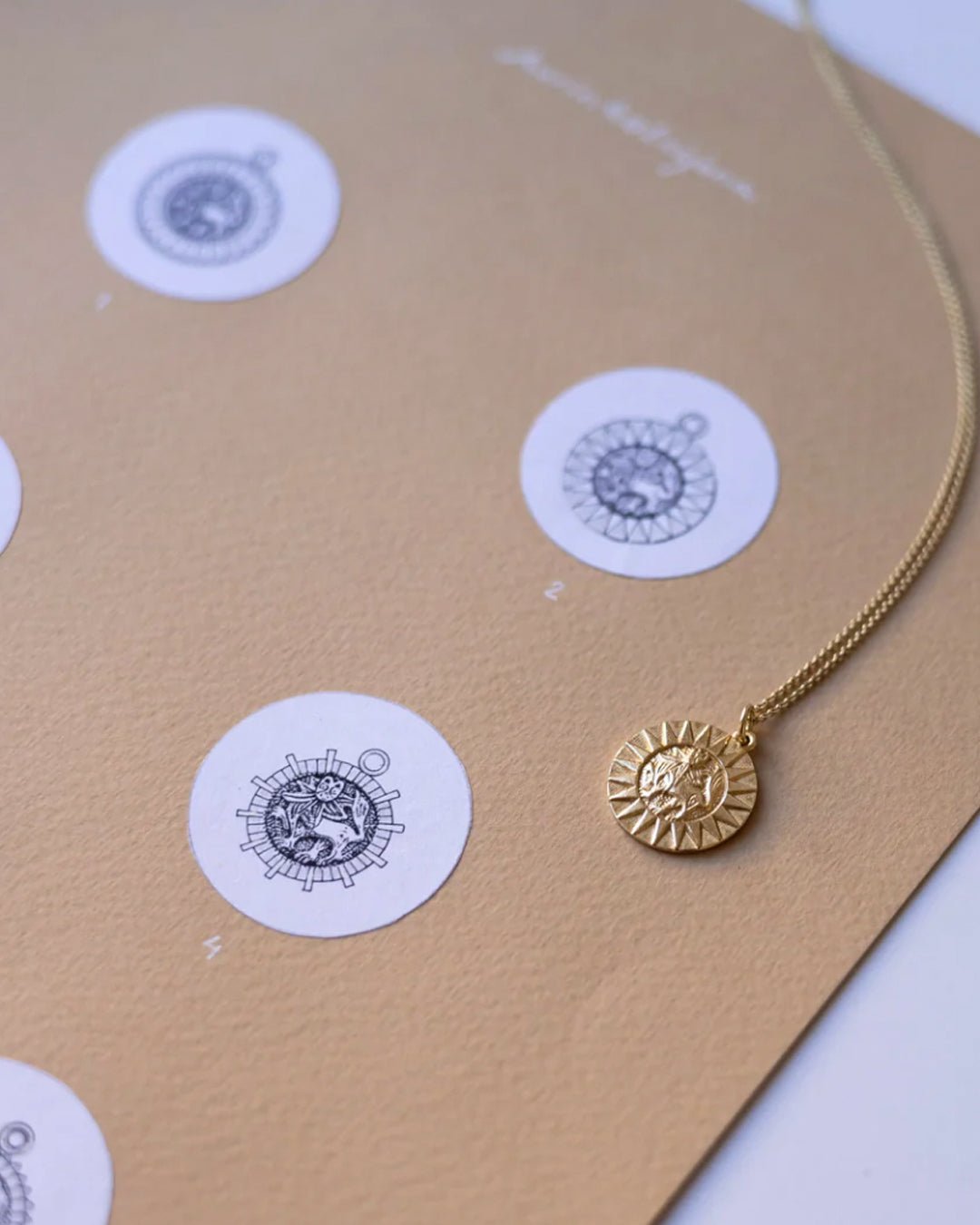Journal
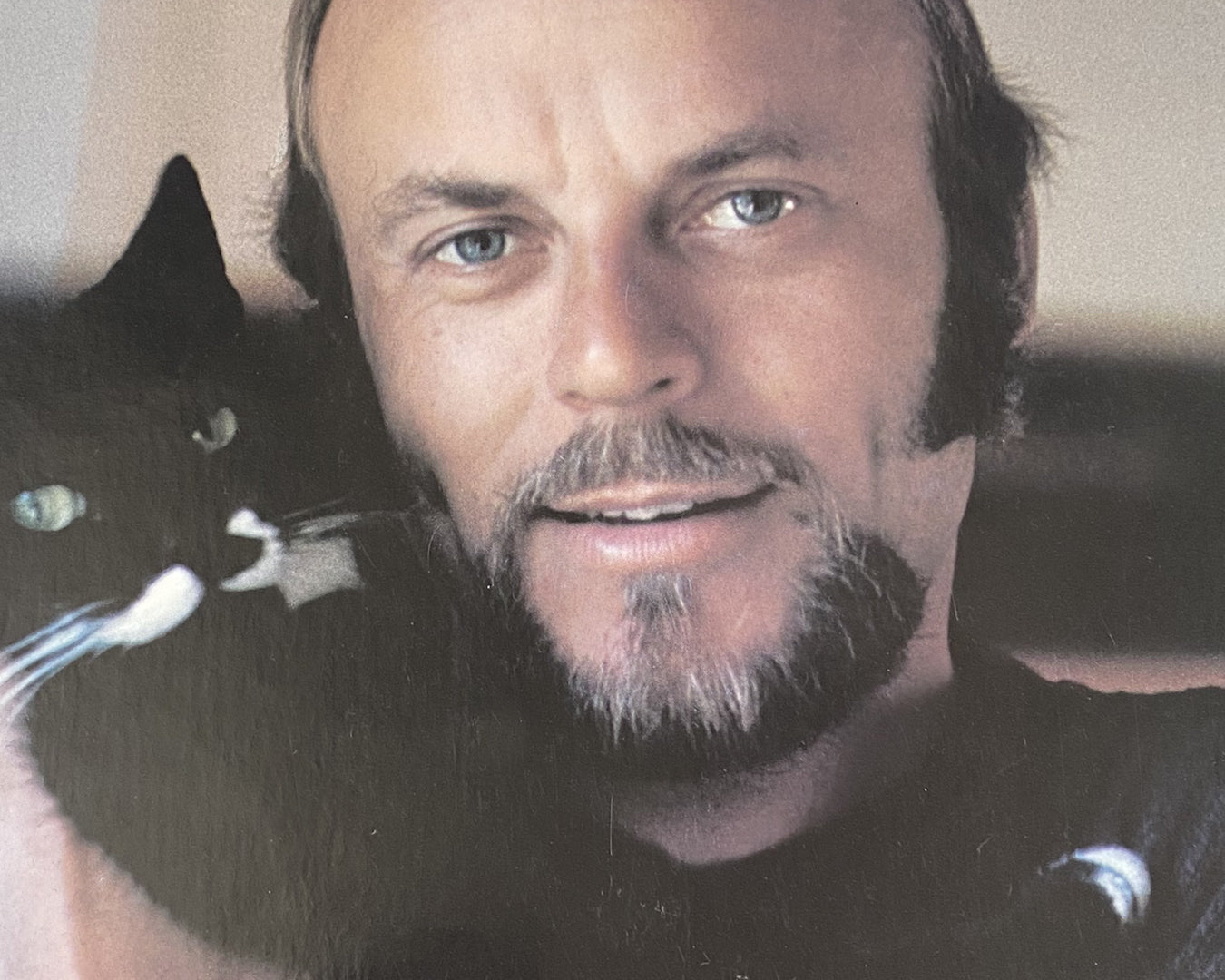
Björn Weckström — jewelry artist
"Jewelry can have a function other than decoration, it can be a work of art." Jewelry artist and sculptor Björn Weckström is Finland's most internationally known jewelry designer, whose jewelry designs have a unique, sculptural style.
Artist professor Björn Weckström's career began with jewelry. He graduated from a goldsmith school in 1956 and stood out in his course as a particularly talented and creative student. In keeping with the spirit of the time, the jewelry of the early days was reduced geometric and made of silver, which was the absolute number one material of the era.
In 1963, Björn Weckström accepted the invitation of his goldsmith school friend Pekka Anttila to become the designer of Kruunu Jewelry, which he founded. Anttila was enthusiastic about Weckström's bold experiments and believed in his visions. This was the starting point for a rewarding collaboration and a new kind of jewelry design. The company's name was changed to Lapponia Jewelry in the same year. The name Lapponia proposed by Weckström was sufficiently exotic and understandable both at home and abroad.
1965 the city of Rio de Janeiro organized a jewelry design competition in honor of its 400th anniversary. Björn Weckström's Flowering Wall necklace won the international competition, which attracted a large number of participants. -Everything changed overnight, Weckström recalls. The faintly rough jewelry, resembling genuine Lapland gold, quickly gained worldwide popularity. Shortly after this, the Lapponian gold jewelry that was on sale in Central Europe was sold out. Lapponia responded to the demand by introducing new, attractive Lapland gold jewelry to the market. After the international popularity, Finland also warmed up to the new kind of design.
- Lapland gold appeared to me as a warm material, Weckström recalls and tells about his trips to Lapland and the gold-digging trip to Lemmenjoki in the late 1950s. On these trips, Weckström was inspired by the dim glow of genuine Lapland gold.
The season of Lapland gold jewelry continued in the 1970s, but alongside Weckström had already designed a lot of silver jewelry, especially in the space spirit. An interesting experiment was the combination of jewelry and watches that he devised. - I wanted to create a "total look" for decorating by bringing similar wristwatches made of gold and silver alongside Lapponia's jewelry selection, says Weckström. - We presented the watches at the Basel fair in 1975. At the same time, Weckström also designed watches combining silver and acrylic, such as the futuristic watches called Aikarauta and Aikasauva.
The timeless design of Weckström jewelry delights from decade to decade. The photos show the Aalto International collection styled with Weckström jewelry at the Fashion in Helsinki fashion show in May 2023. Photos: Guillaume Roujas
Weckström's Space Silver jewelry is especially loved and collected both in Finland and abroad. According to the spirit of the time, the theme of space cruised in Weckström's mind as well.
- Space didn't just mean outer space to me, but a person's own internal space. In the late 1960s, Weckström was also interested in Zen Buddhism and meditation. Small-sized figures in silver jewelry reflect a person's relationship with the surrounding world and the universe. Weckström was also greatly fascinated by the revolutionary event of his era, man's landing on the surface of the moon. All these factors influenced the jewelry known as my Space Silver jewelry, Weckström reflects.
At the beginning of the 1970s, a significant experiment was carried out at Lapponia. Lapponia acquired a machine for producing acrylic pulp from Germany. When designing the jewelry, Weckström's original intention was to create uniformly clear acrylic masses next to silver. The acrylic machine piped steam into the mass, which formed air bubbles in it. At first, the production was regretted as a failure, until Weckström realized that these random bubbles bring an exciting character to the jewelry. Together with blue, green, red and purple color pigments and small gold grids, acrylic jewelry became jewelry, each of which was its own unique individual. Well-known examples are e.g. The Space Apple and Kilimanjaro pendants and the Petrified Lake ring.
The Petrified Lake ring became famous in November 1971, when Yoko Ono performed with John Lennon on the Dick Cavett Show. In her right hand, Yoko Ono wore a Petrified Lake ring that John Lennon had bought for his wife in Gothenburg.
Björn Weckström's career was marked by the Planetoid Valleys jewelry ending up in the first Star Wars movie in 1977. Still, both Finnish and foreign tourists and jewelry fans are constantly directed to Kalevala's store in Helsinki to admire this world-famous jewelry. The story has become a legend of Finnish jewelry art and the jewelry itself an icon in its genre. The jewelry is not only admired, it is also bought and used, like other jewelry designed by Weckström.
Björn Weckström is happy that Lapponia jewelry can now also be found used in the Kalevala Preloved secondhand collection.
- It's the spirit of today. Lapponian jewelry has long been on sale on the secondhand markets in Finland and abroad. When Kalevala Jewelry brings used Lapponia jewelry for sale, it is expertly maintained by their goldsmiths. Probably many pieces of jewelry left in the box will find a new owner and a new life in the future. Story continues.
Björn Weckström has designed his most iconic jewelry for Lapponia Jewelry, which was taken over by Kalevala Jewelry in 2005. In 2020 with the brand renewal, Lapponia became Kalevala. In the same year, Björn Weckström designed the Kultarailo jewelry series for the renewed Kalevala brand. Today, Weckström's unique design heritage lives on and continues in the Kalevala collection and now also in the Kalevala Preloved second hand collection.
Blog author: Mari Wilenius

